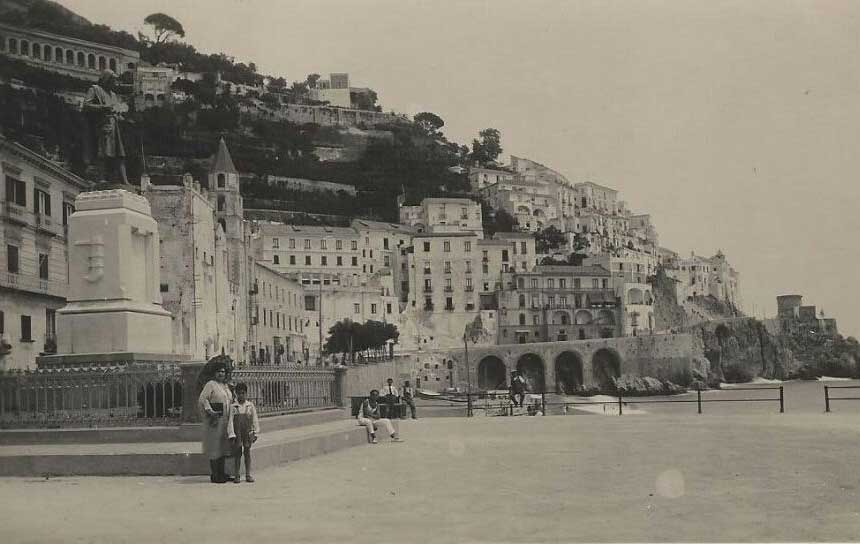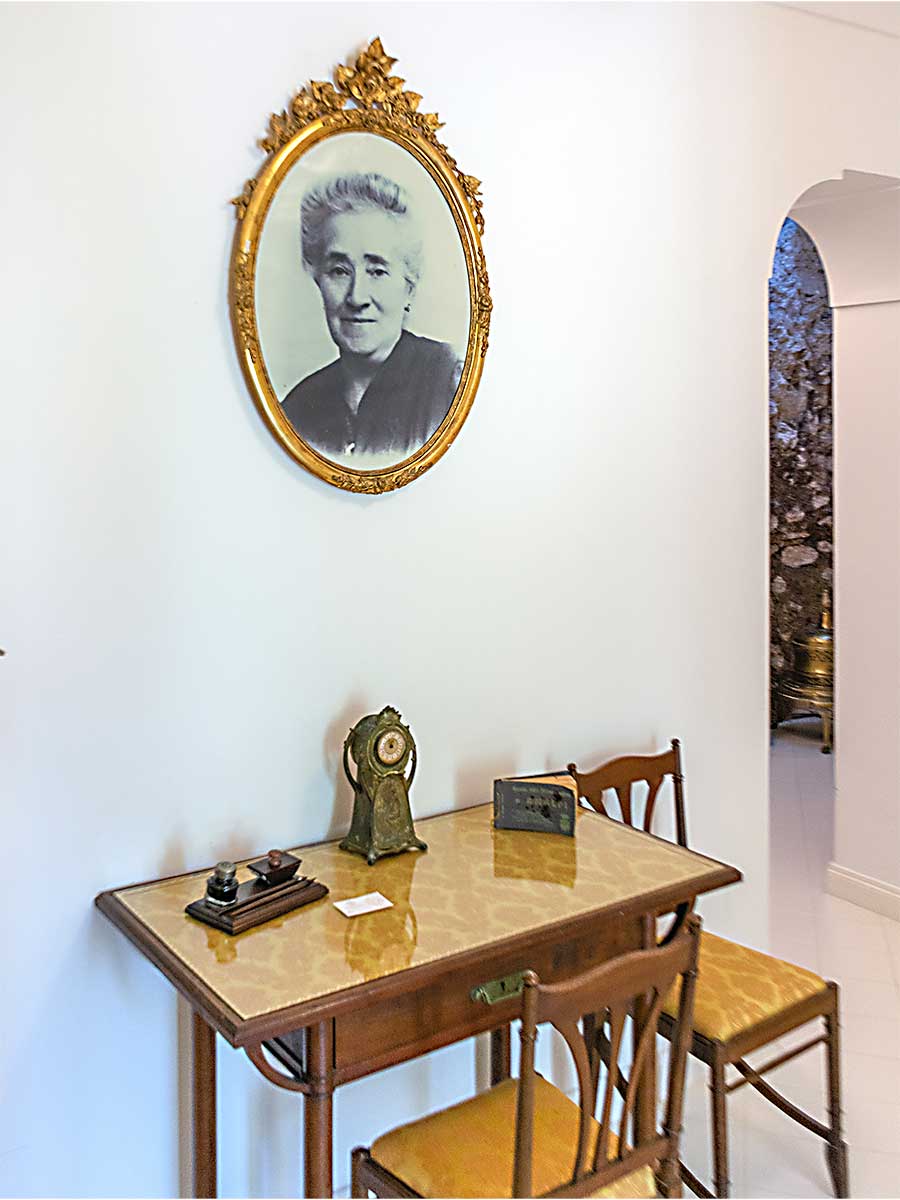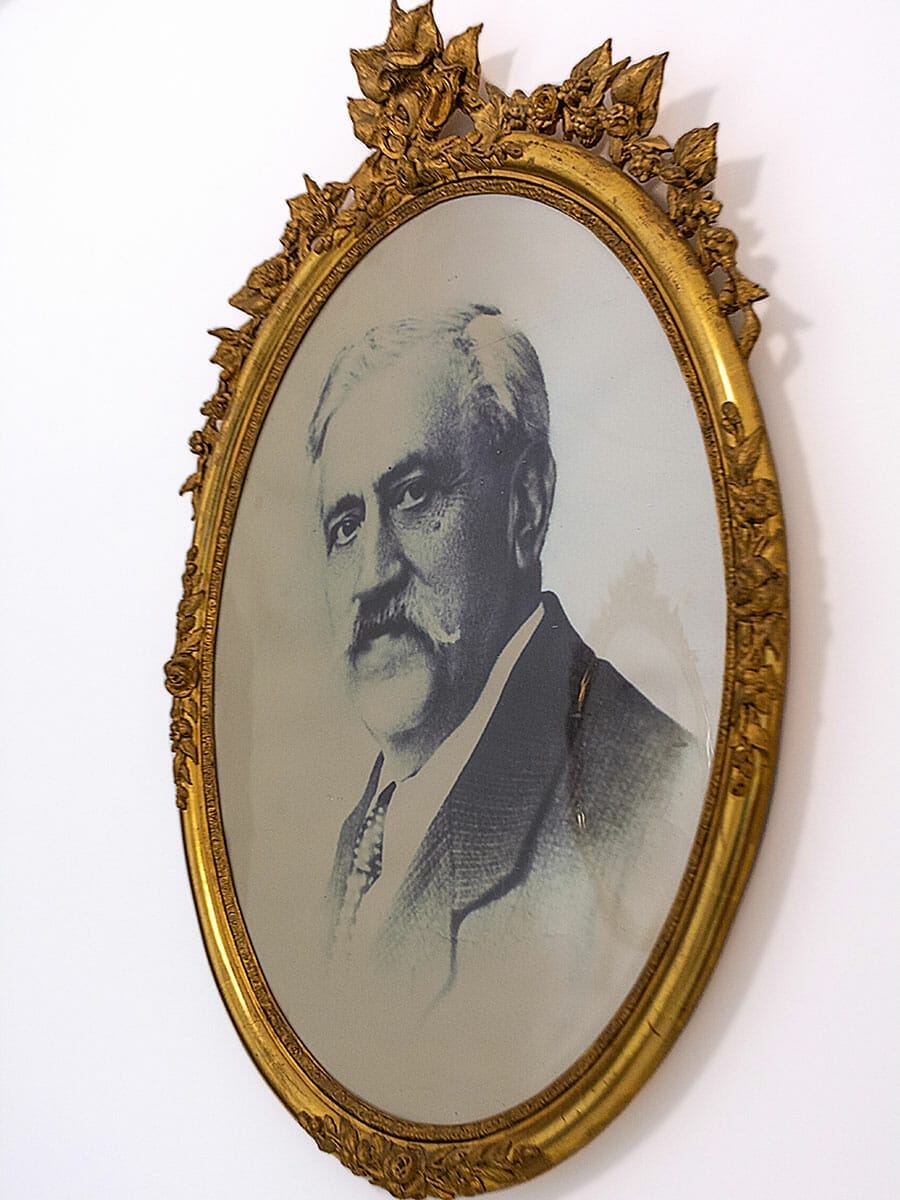One of the oldest residences in Amalfi.

The palace’s history is very old: as early as 1367, the site of today’s Palazzo Casanova was home to the domus ( urban residences) of the Merculino merchant family. A 15th century fresco depicting the scene of the “ Escape to Egypt “ is still visible on the outer facade of a passageway connected with the palace on one side and covering a section of the public street.
Today’s architectural structure of Palazzo Casanova shows traces of the original medieval domus, particularly in the corridor area. In later centuries it was completely transformed into a palace, mainly between the 18th and 19th centuries. The area where we have the honour of hosting you today was the main floor of the building, composed of several levels in different wings with different entrances and gardens.
The noble floor of Palazzo Casanova underwent a long renovation project (from 2018 to 2020) that gave a new lease of life and new splendor to the most characteristic architectural elements of the building, where the traditional hospitality of family is handed down with a renewed enthusiasm today.

He is famous in the history of Amalfi also for the traditional Christmas lunches at Palazzo Casanova, during which he used to offer 27 courses to his family and to his guests. The famous journalist Gaetano Afeltra, born in Amalfi town, has described in details, in his book “Desiderare la donna d’altri”, his childhood memories of Christmas at the Palazzo and has given has an extraordinary description of our ancestors and their ancient traditions:
…but for Mrs Casanova, Nicola’s wife who was mayor of Amalfi for 18 years, a man attached to ancient rites and old customs, it was not just a question of cooking zeppole.


